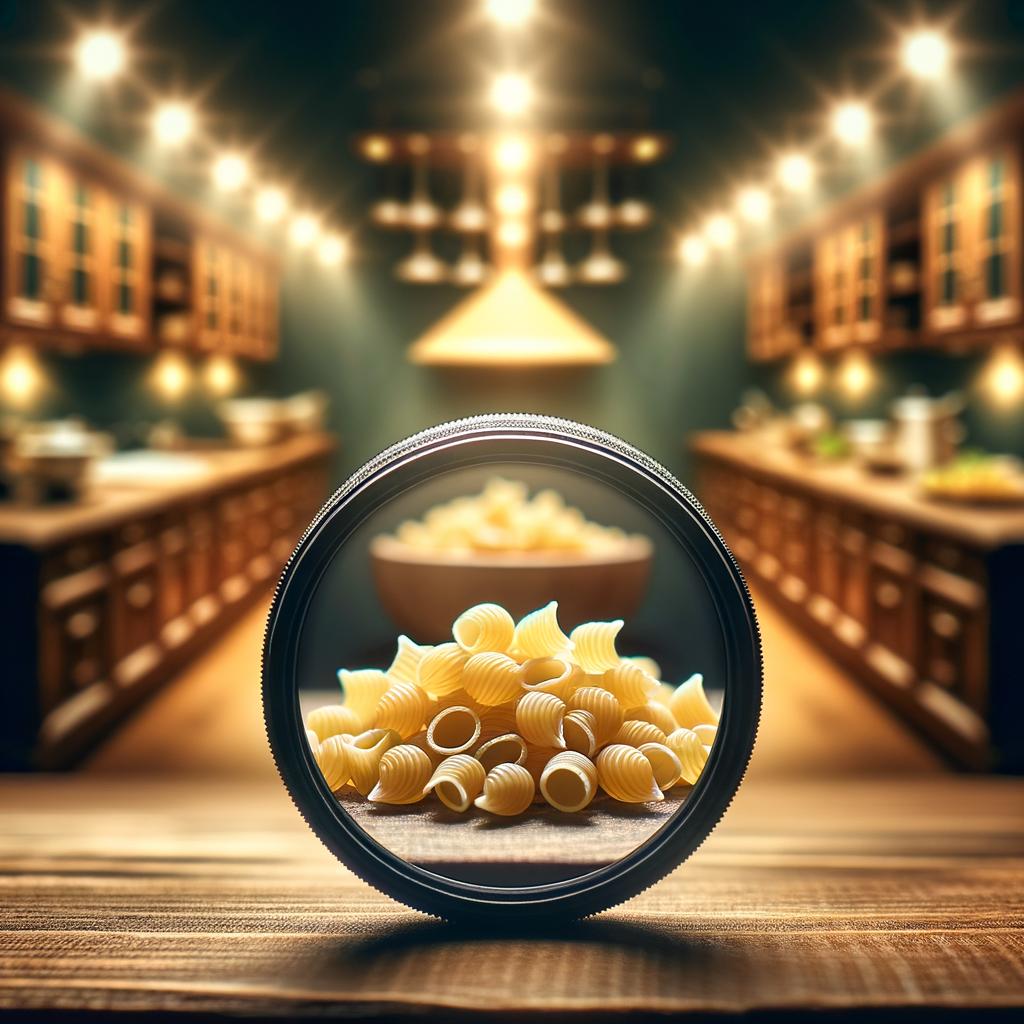Small Pasta

Description Small pasta, a delightful miniature version of the traditional pasta we all know and love, is a culinary gem. These tiny, bite-sized pieces come in various shapes and forms, from the playful farfalle (bow-ties) and fusilli (spirals) to the simple, yet elegant orzo (rice-shaped). The texture of small pasta is akin to its larger counterparts, with a firm, chewy bite when cooked al dente. The flavor profile is subtly wheaty, a blank canvas that absorbs and complements the flavors of sauces, vegetables, and proteins it is paired with. What sets small pasta apart from its bigger siblings is its versatility and ability to add texture and substance to a wide variety of dishes, from soups and salads to casseroles and stir-fries.
Primary Uses Small pasta is a versatile player in the culinary world. It is the star of many Italian dishes such as Minestrone soup, Pasta e Fagioli, and various pasta salads. In Greek cuisine, orzo is often used in salads or baked in flavorful tomato sauces. Beyond the culinary realm, small pasta plays a significant role in various cultural celebrations. In Italy, for example, certain types of small pasta are traditionally thrown at carnivals as a symbol of abundance.
History The history of small pasta is as rich and varied as its shapes. Its roots trace back to ancient Rome, where pasta was hand-shaped into small forms. Over time, the art of pasta making traveled across Italy and beyond, each region putting its unique twist on these tiny delicacies. In the Middle Ages, small pasta was considered a luxury, often served at banquets of nobility. There's an intriguing story about Marco Polo bringing pasta from China to Italy, though many food historians believe pasta was already in Italy long before Polo's travels. Over centuries, the popularity of small pasta has only increased, becoming a staple in pantries around the world.
Nutritional Information Small pasta, primarily made from durum wheat semolina, is a good source of carbohydrates, providing energy for the body. It also contains protein and is low in fat. Small pasta is rich in several essential nutrients, including fiber, iron, and B vitamins, particularly folate and thiamine. When compared to whole grain pasta, regular small pasta may contain less fiber and fewer micronutrients, but it is still a nutritious option when paired with a balance of proteins and vegetables. Its consumption is associated with benefits like sustained energy release and improved gut health, although, like all foods, it should be consumed in moderation as part of a balanced diet.

